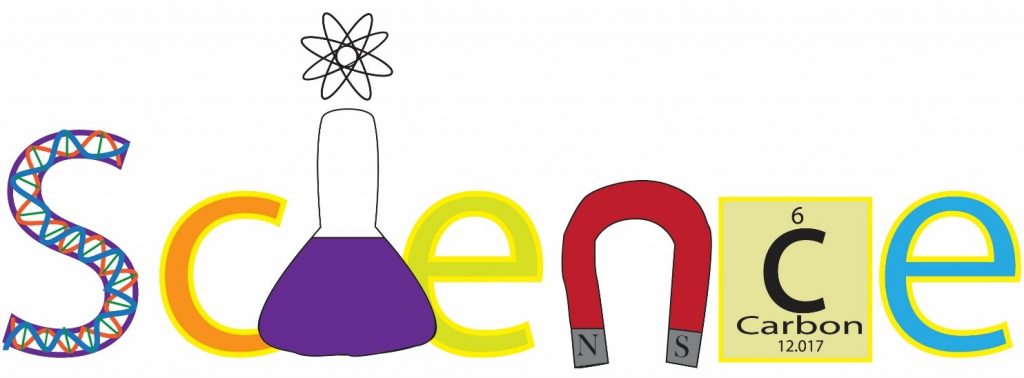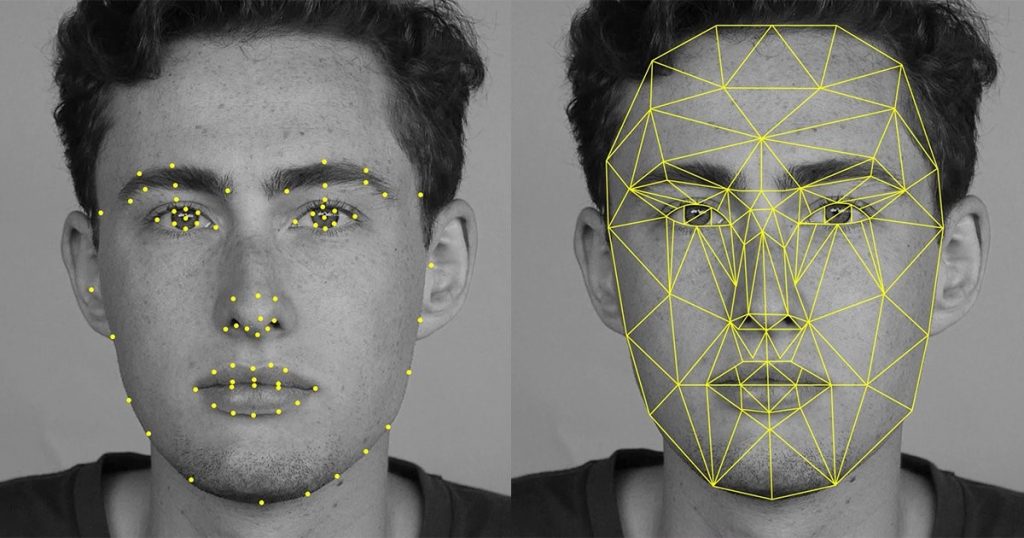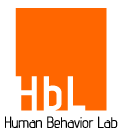How to Use Face Reading at Work and Life
How to Use Face Reading at Work and Life PHYSIOGNOMY
How to Use Face Reading at Work and Life
PHYSIOGNOMY
How to read everyone around you.
By: Susan Ibitz—Behavior Hacker | Lead Researcher | Trainer
humanbehaviorlab.com
We work on unlocking the science behind human behavior, micro-expressions, body language, deception detection, statement analysis, face reading (physiognomy), and personality types by researching and teaching.
Before you dig into the art of reading faces, you need to understand how and what needs to be taken into consideration. It’s not a game. It is a 4,000-year-old science that requires precision and practice.
So, here are a few steps before we go deep into how to read everyone around you.
- Before the how is the why
 I started becoming OBSESSED with physiognomy after the man who is one of my mentors today read my face for the first time. The bad news? I am now and forever wicked!
I started becoming OBSESSED with physiognomy after the man who is one of my mentors today read my face for the first time. The bad news? I am now and forever wicked!
Since then, I have been reading and researching all that I can find on the subject of face reading (FR) and studying with everyone who claims to know about FR. Suffice it to say, there are many “blah blah blah” people out there, so beware!
Today, I’m not sure such interaction was such a good idea.
I will say, to make this article short, that FR has helped me learn that it’s not that I’m imperfect. I know now that I have good and bad traits, and now that I know about them, I can work on them. I learned that my defects have made me very good at my job. The bad news is that nobody wants to meet me in person.
I can know you by email. This is called statement analysis, but that is another story and another article.
You send me an email written by somebody who you think is lying to you, and I’ll tell you where in the email s/he is lying—and how I know s/he is lying. After a discussion with me, you will know this person much, much better than you did before.
- Who is to blame for this?

Aristotle (fourth century BC) seems to have been the first Western person who studied physiognomy. The Chinese had been doing it for medicinal purposes for 4,000 years.
Aristotle believed that you can find personality types based on facial features. He was in charge of selecting the best warriors to go to battle for Alexander the Great. Before Aristotle, Socrates taught FR to his students. Abraham Lincoln chose his political companions using FR.

But was not until 1920 that FR became popular among people outside the scientific field. US Superior Court Judge Dr. Edward Vincent Jones studied the physiognomy traits that are used today in jury selection and legal settings. The rest is history, and we are going to review it weekly.
- Science | pseudo-science | fun

As the history I recounted above shows, physiognomy went through different phases. In 1950, the University of California determined physiognomy to have a 92% rate of accuracy.
I personally use it for everything. I have fun reading the faces of my friends and learning, working with it, and researching. I have worked with sperm donors, lawyers, sales personnel, and managers, among others, on HR matters and even romantic compatibility. Companies like IBM, AT&T, 3M, GE, AA, and MCI have publicly admitted that they use FR in their HR processes.
Don’t tell anyone, but sometimes, I go to my friends’ Tinder profiles and play with them =) …
We will talk about the five-second first impression and thin slicing theory by Nalini Ambady next week.
- For love or money?

Before you start learning the features of the face, you need to first understand that we are ruled by our left and our right brain. Your right brain is expressed in the left side of your face. The left brain is expressed on the right side of your face. So, when you are facing a person to read, understand first what part of the brain/face you are reading. If you want to sell to/negotiate with somebody, you will see a mix of both, but the primary factor is the left brain, as it dominates our external world—finances and wok. The right brain centers around our personal life, love, and family.
- Your map of face reading
 As FR practitioners, we divide the face into four aspects: intake, process, manifest, and express.
As FR practitioners, we divide the face into four aspects: intake, process, manifest, and express.
The way we take in information:
- Ears and eyes. But always start with the ears.
The way we process information:
- Forehead and eyebrows.
The way we manifest information:
- Nose and cheeks.
The way we express information:
- Mouth, jowl, and chin.
- Size does matter

In physiognomy, you need to measure the size of the feature in order to read it, average features leave it alone and move on to the next one. If you make a mistake on the reading, you could be giving bread to a Celiac person and making them sick—or worse, you’re destroying the only chance you have to build rapport, communication, and a good outcome with the person in front of you (or even the possible love of your life).
 So how do you measure? The box you use to measure will be between the hairline and the chin. If a feature, for example an ear, fits into the box more than three times, it is a big ear; if the ear fits less than three times, it is small. Now if the measures deviate, move to the next feature.
So how do you measure? The box you use to measure will be between the hairline and the chin. If a feature, for example an ear, fits into the box more than three times, it is a big ear; if the ear fits less than three times, it is small. Now if the measures deviate, move to the next feature.
 Now that we have the six basic steps for reading faces, we are going to start learning how to apply and use face reading every week.
Now that we have the six basic steps for reading faces, we are going to start learning how to apply and use face reading every week.
See you next week!
The face is a GPS for the brain—follow the tracks.
Susan.XoXo
Let me know your opinion—ask a question or leave a comment! And if you liked the article, AWESOME! Share it with your people. I am here, and it will be my pleasure to answer your questions. susan@humanbehaviorlab.com
For media inquiries & bookings call 708-374-7449
